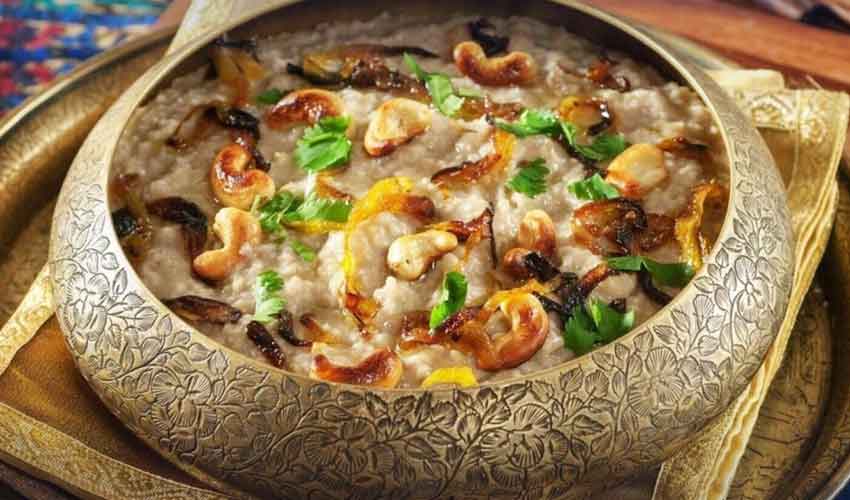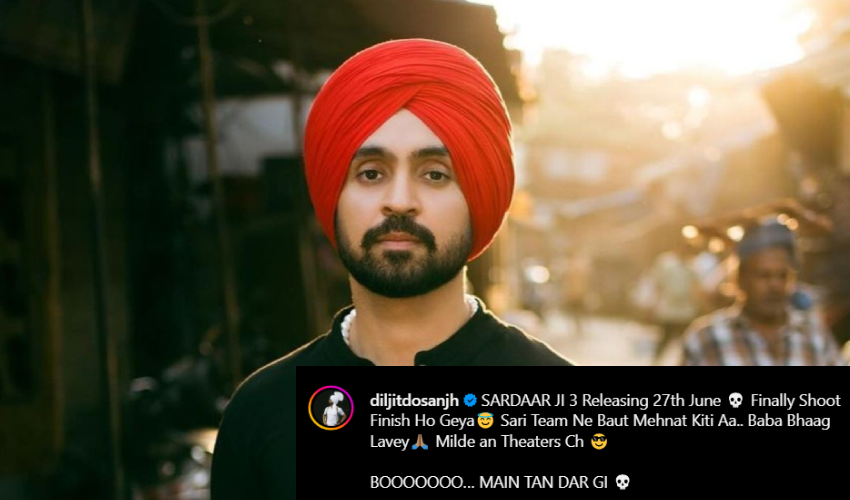Harees, a traditional Emirati dish made from wheat, meat, and ghee, has been inscribed on the UN's Representative List of Intangible Cultural Heritage.
This momentous occasion has been met with jubilation by Emiratis of all ages, from Gen Z to the elderly, who see the porridge-like dish as a symbol of their culture and identity.
A teenage Emirati, Mohammed AlFardan, is particularly passionate about Harees. He describes it as "the essence of Emirati culture" and enjoys eating it twice a month, and even daily during Ramazan. He is so inspired by the dish that he aspires to become a licensed Harees master and learn the art of making it perfectly.
Harees is not just a delicious dish; it is also deeply embedded in Emirati social life. Muna Almansoori, an executive chef and renowned presenter, emphasizes its presence in various events, including weddings, funerals, and other gatherings. She notes that while the traditional recipe includes meat, there are also popular chicken-based variations.
Ahmed Hadi, a 72-year-old Emirati citizen, speaks of Harees's role in fostering family unity and happiness. He describes it as a staple dish for Ramazan and other special occasions, and he particularly appreciates the unique flavour of saffron, a spice not commonly used in other Emirati dishes.
The inscription of Harees on the UN's list is a source of great pride for Emiratis like Ahmed. They believe it will help preserve their culture and traditions for future generations. As Ahmed says, "We have tried our best to teach our children to preserve their culture and tradition. It is now their turn to fulfil that obligation towards themselves and their children. I'm not worried, I know they will."
The addition of Harees to the UN's list is a testament to the importance of intangible cultural heritage. It is a reminder that food is more than just sustenance; it is a way of connecting with our past, present, and future.


























